Green Energy Solutions: A Comprehensive Guide to Heat Pumps, Solar Panels, and Wind Turbines
The power of nature is a potent resource that can be used to supply energy needs without relying on conventional sources. By installing an off-grid DIY energy system, people gain independence from costly utility bills and reduce their carbon footprint. This guide outlines solar panels, wind turbines, and heat pumps as effective options for generating alternative electricity. With the right setup in place using these renewable components combined with smart control measures over production levels, taking command of your own energy source has never been easier or more rewarding!
Key Takeaways
Discover the freedom and potential of off-grid energy systems to save money, produce your own electricity, and reduce your environmental impact.
Create an integrated system tailored to you with solar panels, wind turbines & heat pumps for a rewarding journey towards energy independence.
Enjoy cost savings & improved grid resilience while monitoring & managing for maximum efficiency!
Understanding Off-Grid Energy Systems
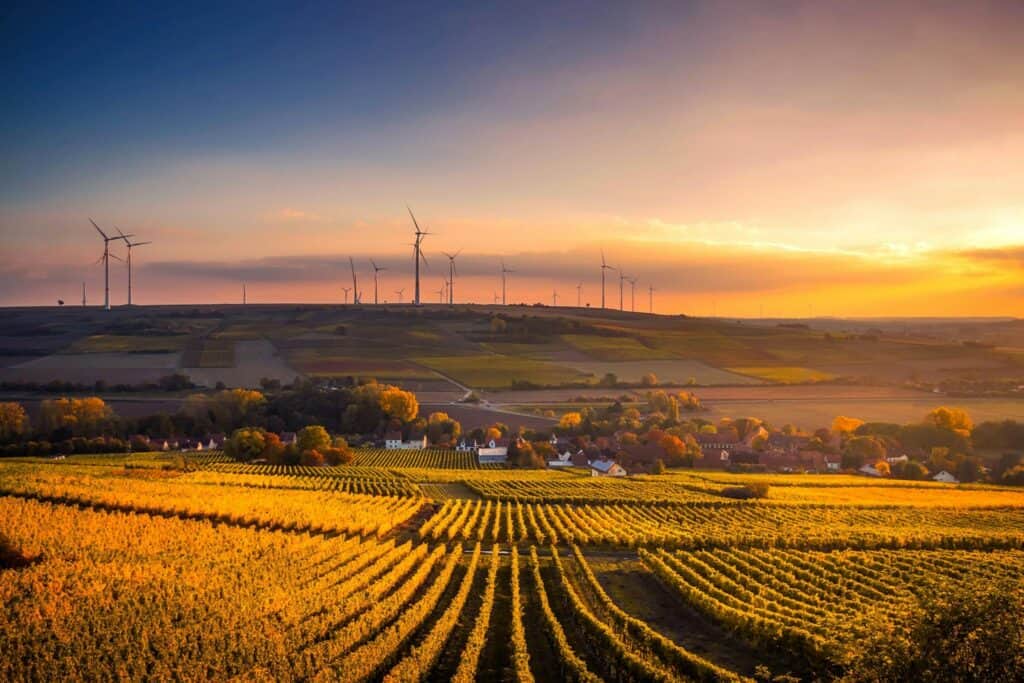
Off-grid energy systems offer an array of advantages for those seeking autonomy from conventional power sources. By opting to invest in solar panels, wind turbines and heat pumps you can benefit from lower costs while also enjoying the freedom associated with generating your own electricity supply as well as giving away excess electric energy that is produced during peak hours. Controlling your own electrical output makes it possible to create enough electricity required for home needs – not just now but far into the future too!
What is Off-Grid Energy?
By creating and using one’s own power, independent of public resources such as electricity or gas lines, off-grid energy can be achieved for self reliance. Renewable sources like solar, wind and geothermal are great methods to put together an effective system that will reduce environmental damage while boosting efficiency. For instance a heat pump transfers the temperature from place to place with help of refrigerant which amplifies the independence among gridless systems in terms of its energy producing capability .
Benefits of Off-Grid Energy Systems
For those looking to reduce energy costs and increase their self-sufficiency, adopting an off grid system can be a great option. For Sustainability benefits, the addition of a small wind generator in your set up is recommended.
Alternative options such as solar shingles are available instead of traditional solar panels, these provide renewable power for the system while having attractive aesthetics too!
Harnessing mechanical energy from turbines will maximise efficiency within your off-grid structure by providing more abundant wind output than just conventional generators alone.
Components of an Off-Grid Energy System
An energy system that operates off-grid is made up of several components, designed to generate electricity from various sources including the sun and wind. Solar panels capture sunlight and convert it into electrical power, while turbines use kinetic energy generated by the wind to produce electric current as well. Heat pumps provide an efficient way to heat homes or businesses using local heat around them too. Batteries can be used for storing excess power created by either solar arrays or turbine systems in order for later utilization when needed, plus inverters are necessary elements for converting direct current (DC) produced by said renewable resources into alternating currents usable at home outlets .
By combining all these elements together you build a personalized grid outside traditional grids – giving yourself independence with regards your source of energy. This design allows users what would otherwise not have access straight away to an alternative form of fuel powering their life needs. Through integration we create customizable solutions tailored precisely according individual requirements paving the path towards successful self reliance on one’s own autonomous off-grid project supplying clean unpolluted electricity!
DIY Solar Panels for Off-Grid Energy
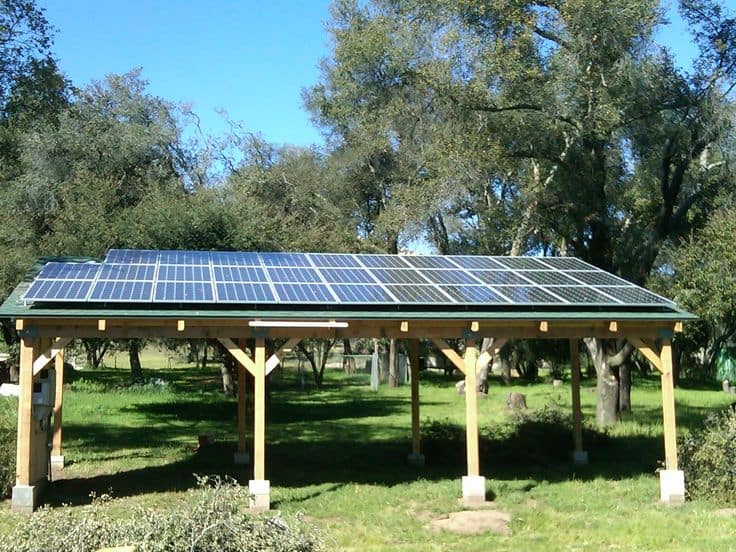
Generating off-grid energy with solar power can be a fiscally savvy and satisfying way to go about creating your own system of solar panels. Varieties like monocrystalline, polycrystalline, and thin-film panels offer you the opportunity to customise your set up as required while making sure you get all the benefits that come along with it – at an affordable price!
Types of Solar Panels
Solar panels vary significantly when it comes to cost, efficiency and installation needs. Monocrystalline solar panels are the most efficient choice but tend to be more expensive due to being made out of a single silicon cell. Alternatively, polycrystalline panels offer an affordable option as they consist of multiple silicon cells, offering greater resilience against higher temperatures. Lastly thin-film flexible solar sheets can be used on irregular surfaces in order take up less space as these come constructed from either silicone or cadmium material yet have lower levels of efficiency compared with monocrystallline and polycrystalsline types..
Building Your Own Solar Panels
Creating your own solar panels can help save money and provide a sense of accomplishment, This process necessitates mindful planning, gathering the necessary materials, and paying strict attention to safety procedures. You will need: Solar cells. Standard No. 12 wire. Non-conductive material such as wood, glass or plastic for attaching the photovoltaic elements together. Encapsulation element like glass casing in order to protect them from damage/degradation once assembled into an array.
Once these items have been obtained you can begin putting together your self made panel by doing these steps: Positioning the individual parts onto their corresponding non conducting surface with uniform spacing between each piece. Wire up all components using standard gauge electrical wiring linking one section after another (series connection); Seal it off altogether via encapsulating protection medium making sure that everything is secured perfectly preventing any moisture absorption which may harm its performance overtime due to corrosion etc..
Installation and Maintenance Tips
The correct setup and upkeep of solar panels is essential to their effectiveness and lifespan. To maintain optimal functioning, regular cleaning, inspection and monitoring must take place. Assembling the needed items like a digital multimeter, battery-powered drill device, wire stripper/cutter or screwdriver will make sure that your home’s self-installed photovoltaic system will produce energy effectively for many years down the line. Ensuring every step in putting up these PV systems follows precisely from producer instructions can guarantee this lasting success when it comes to powering with solar power.
DIY Wind Turbines for Off-Grid Energy

Building a wind turbine to supplement your own off-grid energy system is an ambitious project that can result in tremendous rewards. Wind turbines are available in various forms, including horizontal and vertical axis models, making small wind power solutions possible for those without access to traditional grid electricity sources. With the installation of these DIY turbines, you’ll be able to harness the advantages of natural wind as a renewable form of energy production for use within your home or business setting.
Types of Wind Turbines
When selecting an off-grid system, it is essential to bear in mind both your particular requirements and position. There are two major categories of wind turbines: horizontal axis, which rotate parallel with the direction of the wind. While vertical axis (or VAWTs) align perpendicularly to it. Each type offers a range of efficiency levels as well as different costs associated with installation, so research into these factors will help you pick out what best suits your needs.
Building Your Own Wind Turbine
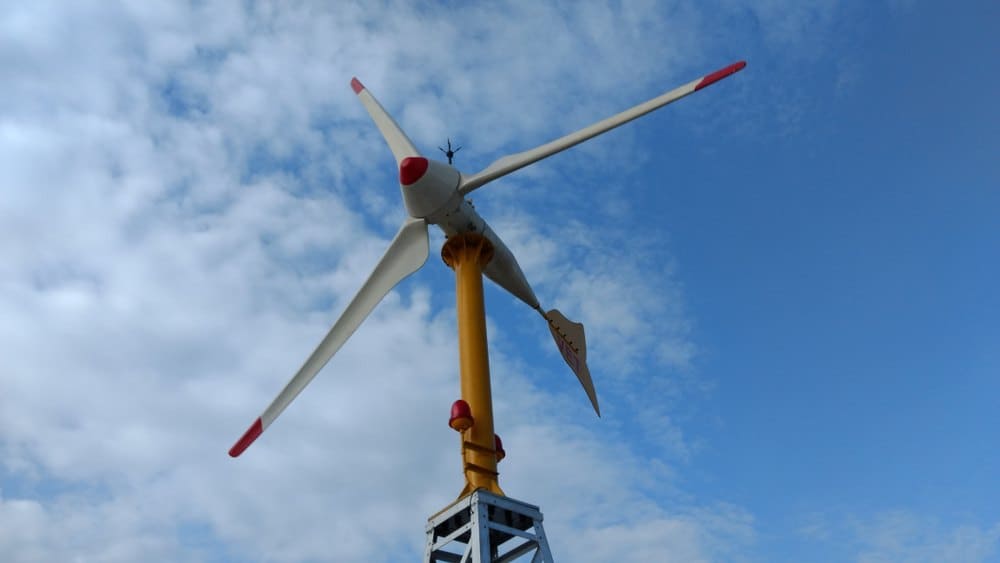
Constructing a wind turbine of your own can be an exceptionally satisfying experience, but it requires proper scheduling and sourcing for materials with precision to safety standards. If you are building the DIY wind turbine on your own, then the following components are required: blades, hub motor, adapter. Generator rectifier unit (with its tail holder). Here is how you put together all these pieces into one small power-efficient off-grid system: step 1 – affix the blade assembly to the motor’s central shaft. 2 – make sure that’s complete by constructing a functioning tail attached securely at 90 degrees from where it meets up with motor 3– now work on putting together its stationary base plate or “adapter” 4 – assemble generator 5 – attach both Tail & Generator in their right places along Adapter 6 Finally joint Rectifier Unit making use of preconfigured parts. This way you finish creating an efficient mini Wind Turbine which when combined will give best results as part of home based Off Grid energy solutions!
Installation and Maintenance Tips
In order to get the most out of your wind turbines, it is important that they are properly installed and maintained. Inspections, lubrication processes, and monitoring need to be done regularly for optimal performance in a long-term basis. Gather the necessary tools like hydraulic bolt tensioners or torque wrenches before starting with an installation according to manufacturer’s specifications so you can generate renewable energy from DIY wind turbine systems for years on end. For successful maintenance down the line make sure tower alignment tools as well as precision torque wrenching devices are at hand whenever needed. This way each user will enjoy great results when working their own wind turbines over time!
DIY Heat Pumps for Off-Grid Energy
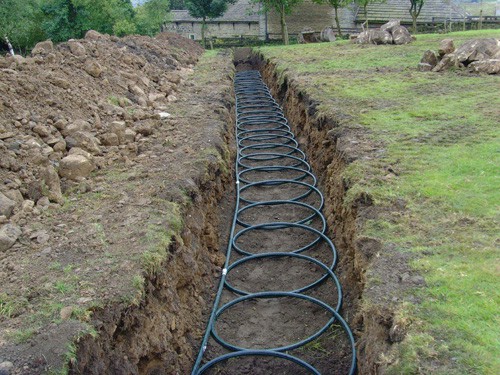
Using the power of heat pumps, you can generate a comfortable and energy-efficient atmosphere in an off grid system. This is achievable through air source or ground source systems that are both efficient forms of heating and cooling for such applications. With this method it’s possible to create a home environment with optimal temperature control without having to use traditional sources from main grids.
Types of Heat Pumps
The cost-effectiveness and space efficiency of air-source heat pumps, as well as the increased energy savings that ground-source systems provide make them popular options when considering installation requirements. Ground-temperatures remain stable over time which allows for more efficient extraction or dissipation compared to using ambient air temperatures with an air source system. Allowing better control over heating costs while still delivering effective performance levels within any given environment is a common goal between both these types of pump technologies.
Selecting the Right Heat Pump for Your Needs
To maximize efficiency and find the right heat pump system for your needs, it’s important to consider things like energy consumption, climate conditions in your area, and available space. Assessing these factors can help you determine which type of heat pump best meets all of your requirements while still achieving optimal levels of energy efficiency.
Installation and Maintenance Tips
For your wind turbine off-grid energy system to be as efficient as possible, the installation process and maintenance of heat pumps must be taken into account. Make sure that bolts are properly tightened and electrical connections secure. Always follow safe work protocols for installing any equipment used in this kind of project. Pay attention when selecting a heat pump – consider both its temperature rating capacity as well as ease of use before making your choice. All these steps will guarantee that your DIY device continues running optimally over time with minimal effort from you!
Integrating Multiple Off-Grid Energy Sources
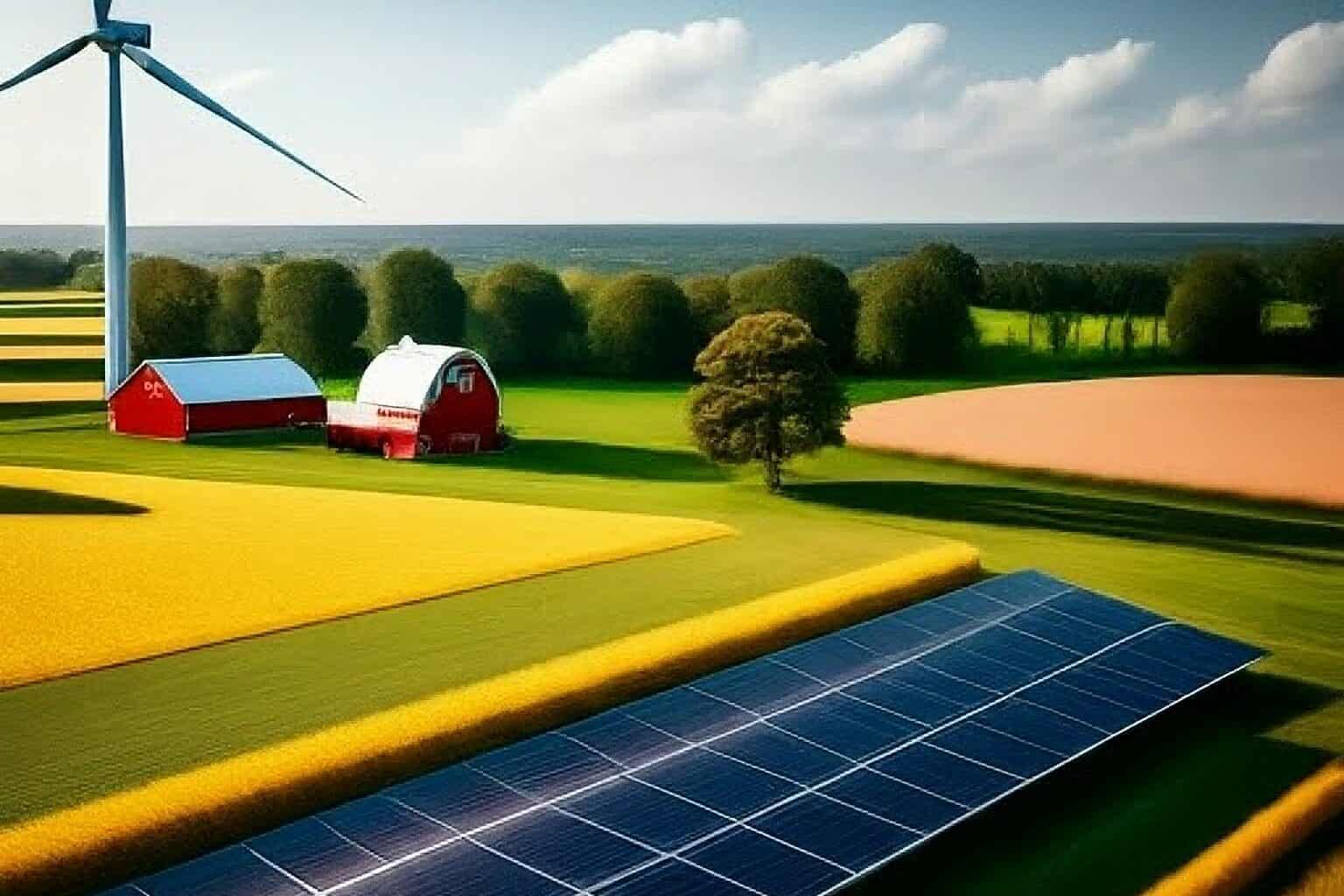
A combination of solar panels, wind turbines and heat pumps can create an efficient off-grid energy system that will meet the demands for power. This method offers a reliable, renewable solution with added advantages such as increased generation capabilities and adaptability to different requirements in case of failure. Ultimately this ensures more secure operations through incorporating multiple sources rather than depending on one alone from the grid.
Benefits of Integrated Systems
Off-grid systems that integrate multiple renewable energy sources, like solar panels and wind turbines, allow for the generation of power, electricity as well as heat or cooling. These integrated off grid energy systems have a number of advantages including improved production methods, back up support in case of system failure and an ability to adapt to changing needs over time. Leading to decreased dependence on traditional ways which can also result in cost savings plus job creation while making grids more resilient.
Designing an Integrated Off-Grid Energy System
When constructing an efficient, integrated off-grid energy system, make sure to analyze your personal power requirements while taking into account the available renewable sources. It is important to procure quality components that are compatible with each other and can endure challenging environmental conditions at your given location. By considering these aspects for devising a suitable grid setup one will be able reach their goal of autonomous energy independence.
You should take heed when selecting parts as they need to seamlessly fit in together in order craft a reliable framework capable enough provide desired services reliably and uninterruptedly over time frame despite ever changing external variables such temperature or weather changes etc..
Monitoring and Managing Integrated Systems
It is essential to monitor and manage off-grid energy systems for maximum performance. This can be achieved through inspections, data analysis, as well as adjustments when necessary. Doing this ensures the efficiency and sustainability of your integrated system so you have reliable power in a home or business setting.
Summary
Off-grid energy systems can create a more efficient, reliable and adaptable way of living. Solar panels, wind turbines and heat pumps are some prime examples which you could use to generate your own independent supply of energy while cutting down costs at the same time. By uniting multiple renewable sources into one unified system, it’s possible for anyone to construct their own sustainable grid that works best with their needs in mind – take this chance now and progress towards an eco-friendly future!
Frequently Asked Questions
What is the best way to generate energy off-grid?
Generating energy off-grid can be achieved through the use of renewable sources such as solar, wind, hydro and geothermal. These cost-effective solutions are suitable for remote locations that have no access to a public power grid and produce clean energy with minimal environmental impact.
How do you make a power off-grid?
For an off-grid power system, solar and wind turbines are the best renewable energy sources to provide electricity without any need for using traditional grids. Not only can you generate enough electrical output through solar panels but also from micro-hydro systems as well as hybrid off grid systems powered by both wind and sun elements.
How many watts do you need to live off-grid?
Living off the grid requires a lot of energy, about 7000 Watts to be exact. To generate this electricity in an eco-friendly manner many people turn towards solar panels as their main source for power production. Solar technology has become incredibly reliable and efficient, making it the perfect solution when you need independence from traditional energy grids and want to
What is the cheapest way to go off-grid?
Going off-grid doesn’t have to be expensive – you can easily start by finding low-cost or free land, then construct a cabin or tiny house and start growing your own food.
Embrace the outdoors and save money with work exchange programs such as Worldpackers!
How big of a wind turbine do you need to power a house?
The amount of power needed to sustain an average home can range from 5-15 kW, depending on the prevailing wind strength. With this size turbine contributing a substantial 877 kWh per month towards energy requirements, it is clear that harnessing the force of the wind could make all the difference when meeting household needs.





